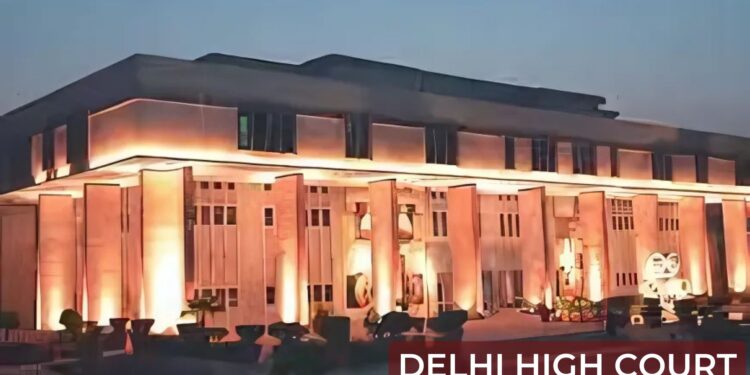The Delhi High Court’s dismissal of Khalid Saifi’s plea solidifies the attempt to murder charge against him and others in connection to the 2020 Northeast Delhi riots. This decision follows a detailed examination by the sessions court, which earlier framed charges based on evidence suggesting that Saifi, along with former Congress councilor Ishrat Jahan and eleven others, was part of an unlawful assembly involved in violent acts against law enforcement during the riots.
Background and Key Findings by the Sessions Court
The sessions court had assessed evidence indicating that the accused were allegedly part of a mob that actively resisted police orders to disperse. They reportedly engaged in stone-pelting, physically assaulted police officers, and obstructed public servants from performing their duties. Based on these findings, the court concluded that there were sufficient grounds to frame charges for serious offenses, including:
-Attempt to Murder (Section 307 IPC): The court found that the actions of the accused suggested an intent to cause harm severe enough to amount to an attempted murder.
-Rioting and Rioting with Deadly Weapons (Sections 147 and 148 IPC): The mob, allegedly armed with potentially deadly objects, was charged with these offenses due to the violent nature of their actions.
– Assault and Obstruction of Public Servants (Sections 186, 188, 332, and 353 IPC): The accused were charged with assaulting police officers and disregarding lawful orders, leading to obstruction in the performance of public duties.
However, while framing these charges, the sessions court also dismissed the criminal conspiracy charge. The judge noted that the charge lacked substantial supporting evidence and appeared speculative, suggesting that it may have been inferred from other unrelated cases rather than being grounded in the specifics of this case.
High Court Proceedings and Rationale for Dismissal
In his appeal to the Delhi High Court, Saifi contested the attempt to murder charge, arguing that the evidence did not support such a severe accusation. However, Justice Manoj Kumar Ohri upheld the session court’s decision, indicating that the available evidence justified the framing of charges under Section 307 of the IPC. The High Court found no grounds to interfere with the lower court’s findings, signaling the judiciary’s support for a stringent stance on riot-related offenses.
Legal Implications and Next Steps
The High Court’s dismissal of Saifi’s plea reinforces the State’s approach to handling riot-related cases with stringent charges for violent acts against public servants and the rule of law. By upholding the attempt to murder charge, the court has underscored the gravity of actions that disrupt public order and endanger the lives of law enforcement personnel.
The detailed order from the High Court is awaited, which will provide more insight into the judicial reasoning behind the decision. The case is expected to proceed in the trial court, where the evidence and testimonies will be further scrutinized. The outcome may set a precedent for similar cases involving public disturbances and assaults on law enforcement during communal conflicts.

















